Some of today’s students already are thinking about the electric airplanes of tomorrow, thanks to NASA challenge.
Above: “Vapor,” the first place graduate award winner, the conceptual design of Tom Neuman at the Georgia Institute of Technology. Credits: Tom Neuman
In response to a NASA challenge to design an all-electric propulsion general aviation airplane, these are the five ideas out of the 20 submitted by U.S. universities, that impressed the judges.
The student contest required that the vehicle would go into service in 2020 and be competitive with standard piston engine airplanes that burn aviation fuel.
Jaiwon Shin, NASA’s associate administrator for aeronautics, said:
“The research and critical thinking that went into each of these designs was very impressive. It’s clear there is a new generation of aeronautical innovators nearly ready to make their mark on the future of aviation.”
For the contest, the theoretical airplane had to seat four people, carry at least 400 pounds of extra cargo, fly at least 575 miles during a single flight, cruise at a speed of at least 150 mph and be able to take off in less than 3,000 feet under normal conditions.
Students also had to consider what kind of extra equipment airports would need to accommodate an all-electric general aviation airplane and how much that extra infrastructure might cost.
“Bladessa,” an all-electric general aviation designed by first place undergraduate winner Team 151 from the University of California at Davis. Credits: Ethan Kellogg
“Areion,” the second place undergraduate winner, uses a gaseous hydrogen fuel cell propulsion system. Credits: Louis Edelman
The “BeamTree PH-10,” third place undergrad winner, features a two-bladed tractor propeller, a tadpole fuselage, winglets, and a large wingspan to achieve a high lift-to-drag ratio. Credits: Drew Sullivan
This “SCUBA Stingray” design won honorable mention and uses a hybrid aluminum-air/lithium ion battery system to achieve long range despite heavy payloads. Credits: Andres Zuniga
source NASA.org

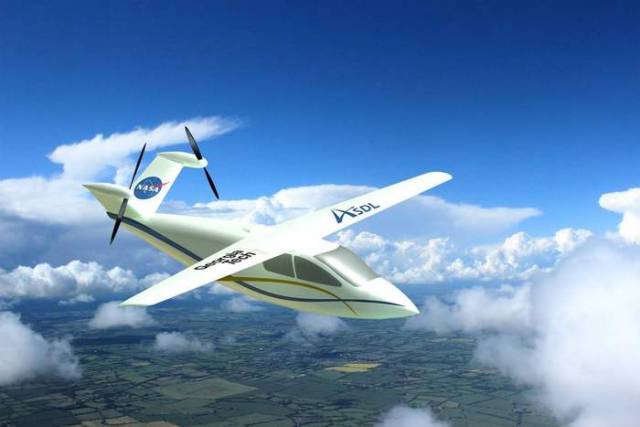
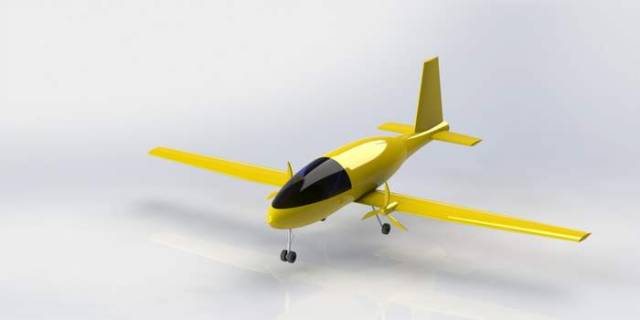
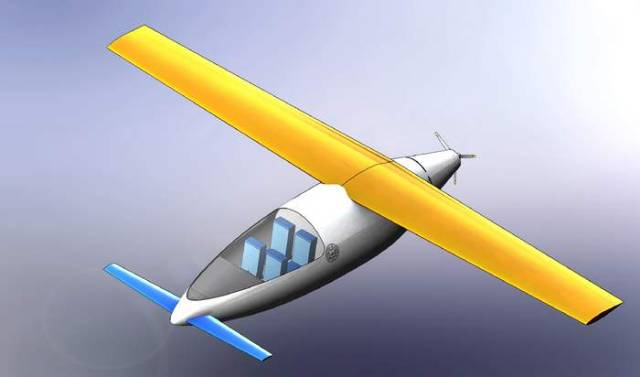
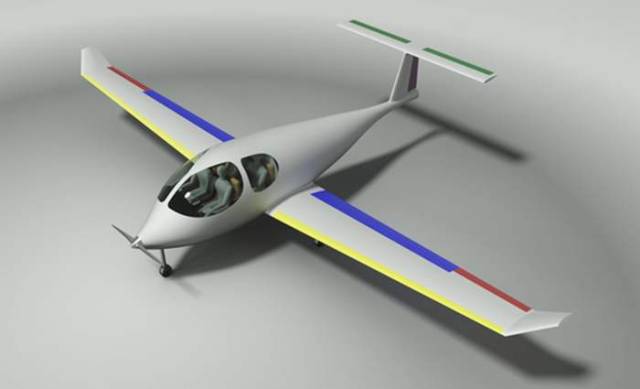
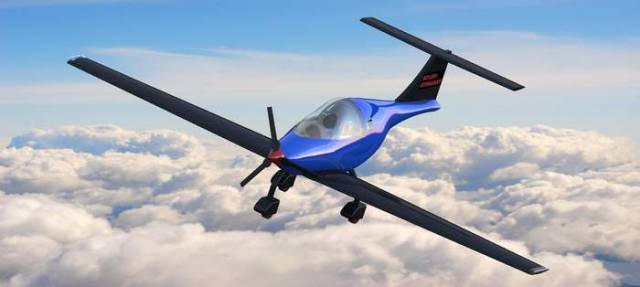
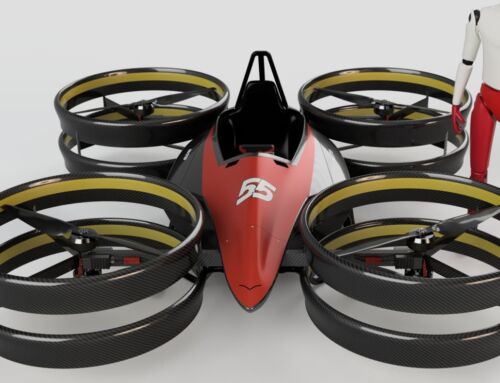

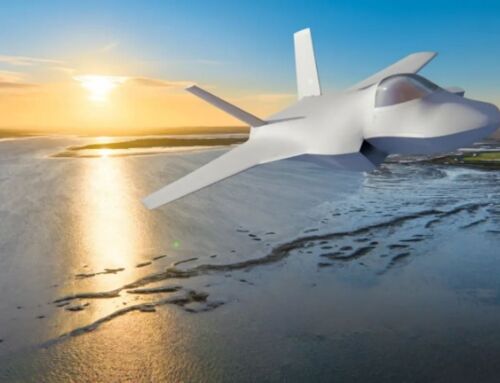
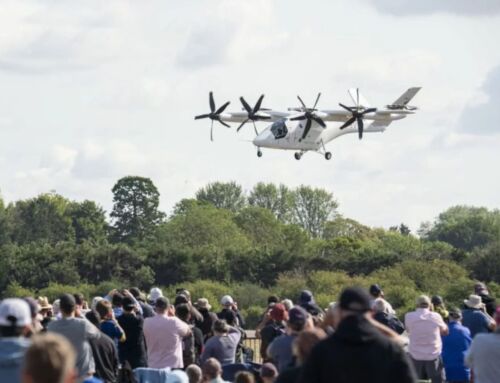
Leave A Comment